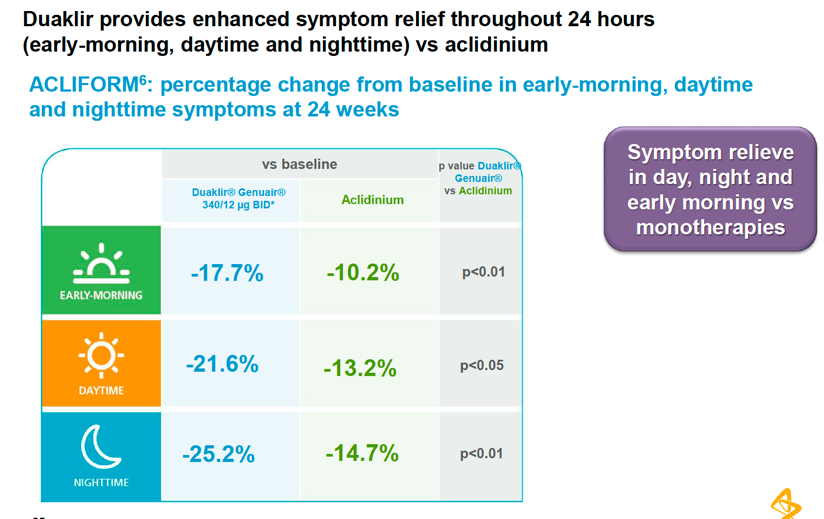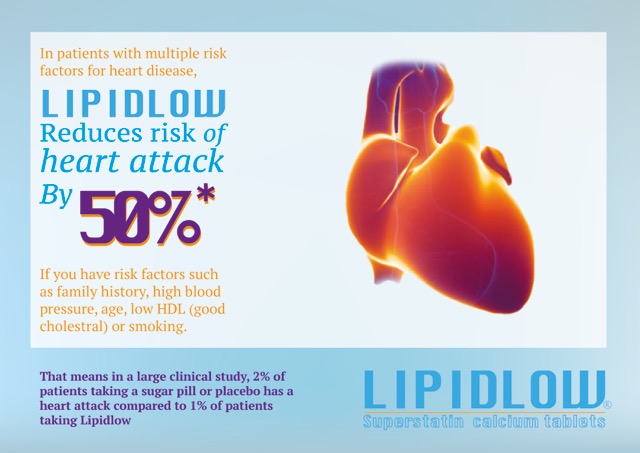Key Topic 3: Use of Artwork and Illustrations
Artwork, illustrations, graphs and tables
It is important to consider whether any artwork used might mislead in any way. In the same way as for written claims, artwork can mislead by distortion, omission or exaggeration.
In terms of artwork you need to consider the context of the piece and the impression created. For example images of children should not be used for products not authorized in children. Think about the positioning of statements and artwork – placing items together can suggest that they are linked in some way.
Consider some examples. To explore the examples, please click on the forward arrow at the bottom of the page.

Consider these examples
Duaklir visual
Take a look at the following slide which is part of a promotional slide set for AstraZeneca’s product Duaklir.

Assuming the figures are correct, which of the following do you agree with?
- This slide presents the data in a potentially misleading way
- More information is needed on the slide to approve it
- The data are presented clearly and p values are given so this slide is approvable
- The claims are substantiated by the figures in the table so this is not misleading
Ruling
This slide is potentially misleading because it only shows relative reductions in symptom scores and gives no absolute values. If reviewing this slide it would be wise to ask for the absolute values and an explanation of the symptom score used to be added.
Without knowing the nature of the scale used and the absolute values, the percentages can give the impression that the magnitude of change is bigger than it actually is.
Relative and absolute values:
Take a look at this advert for the fictional product 'Lipidlow' – the 50% relative risk reduction in large text actually refers to an absolute reduction of 1%. Would you have approved this advert? Think about ‘undue emphasis’.
Imagery
Take a look at the following imagery (this case is fictitious)


Now imagine that you are asked to review this new campaign imagery for the product Protopic (tacrolimus ointment), used for the treatment of atopic dermatitis. Your marketing colleagues tell you that this is to show a patient whose atopic dermatitis is under control and hence she can enjoy life again. The campaign will get this across by showing her confidently enjoying swimming on holiday. In one image she is touching her face to show her satisfaction with her response to treatment.
Take a look at the SmPC for this product and then decide whether you would allow this imagery to be used in advertisements for Protopic.
The SmPC for Protopic includes a special warning about exposure to sunlight. This picture shows a woman in sunlight without any kind of protection (e.g sun hat, sun glasses, or even clothing to protect the skin). Whilst it could be argued that she could be wearing a sun protection cream, this is not evident from the picture. The imagery could give the misleading impression that exposure to sunlight is not an issue with this product.
This was the subject of a complaint in the UK (although not with this particular imagery).


